
This topic may have no relevance to where you live – but it’s very much front and center here in western Washington this summer. Our naturally droughty summers have gotten longer, hotter, and drier thanks to climate change. Wildfires are ravaging all of the west coast, on both sides of the Cascade mountains. And one of the recommendations I see for fire-proofing your landscape is to remove all wood-based mulch. While this might seem logical, it’s not. And here’s why.
Not all wood mulches are equal. Wood chip mulches, which readily absorb water, are different than bark mulches, which can be quite impervious to water based on the type of bark and how fresh it is. The waxy components of bark not only make it resistant to water movement, they also more likely to burn. Likewise, pine needles, cones, straw, and other coarse organic mulches absorb little water and easily ignite. They should be avoided in fire-prone areas.
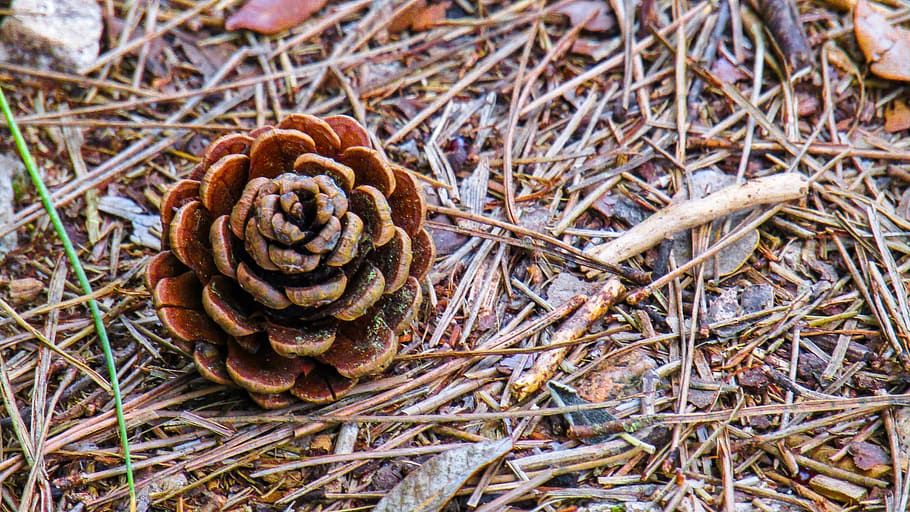
Wood chips are one of the least flammable mulches, and if landscape plants are properly irrigated, the wood chip layer is going to be increasingly moist as you work your way down to the soil. This reduces flammability, while maintaining plant health. And healthy plants are more likely to survive fires than water-stressed plants – because they are full of water. (Oh, and those “flammability lists” of plants you might see? Dr. Jim Downer has already debunked that approach.)
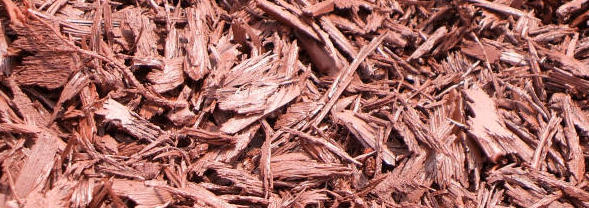
The best way to reduce wildfire damage to your planted landscape is to keep it irrigated. Bare soil is a no-no in planted landscapes, regardless of what you might see recommended elsewhere. A well-hydrated landscape with green lawns and healthy trees and shrubs is not going to catch fire from a spark or ember. And it might even survive a fast-moving wildfire.
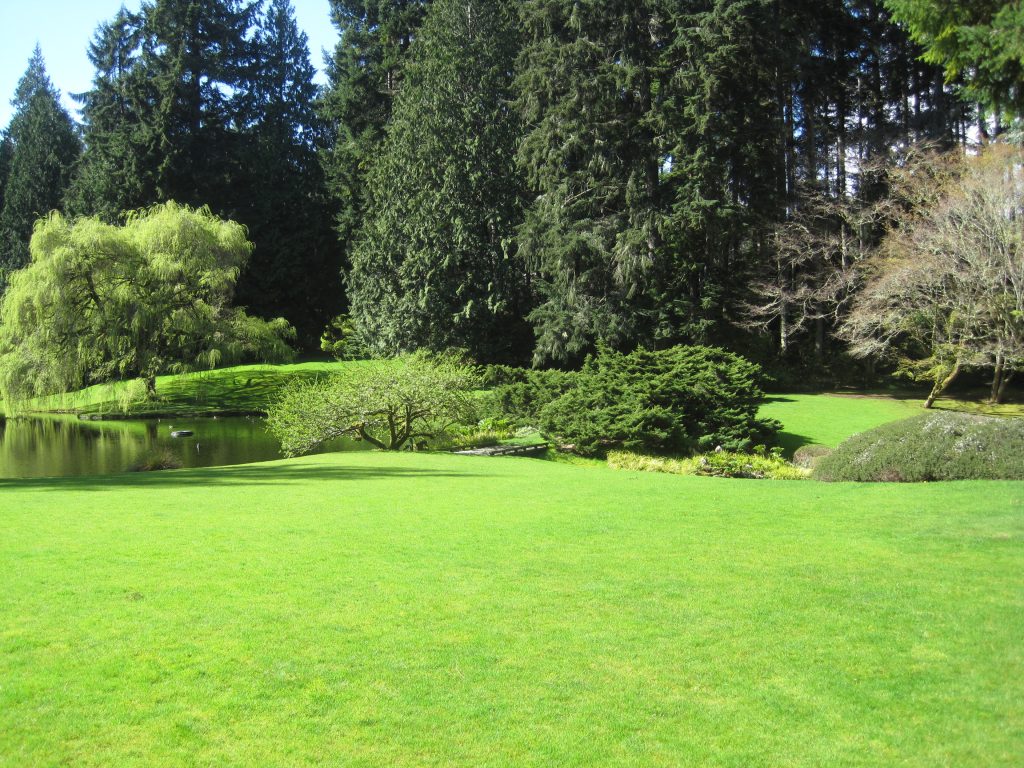
We saw this in eastern Washington this week, where the small town of Malden was 80% destroyed by a fast-moving fire. But some homes were spared – why? Whitman County Sheriff Brett Meyers pointed out “those people that had some green and some buffer around their home were able to maintain their homes.”
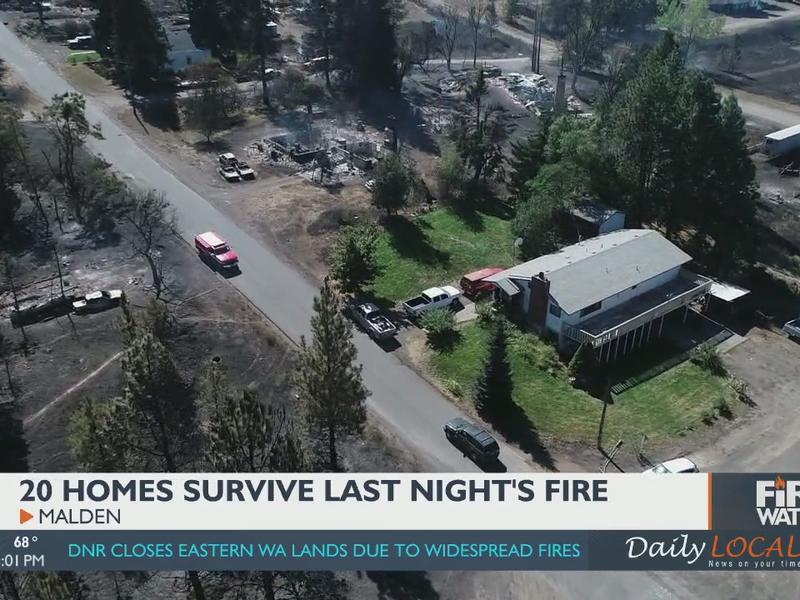
So while it may seem counterintuitive to keep woody debris on your soil, look at the whole system – not just a piece of it. If you don’t have plants anywhere near your house, then bare soil is the way to go. But for planted landscapes, wood chip mulch is part of the solution – not the problem.
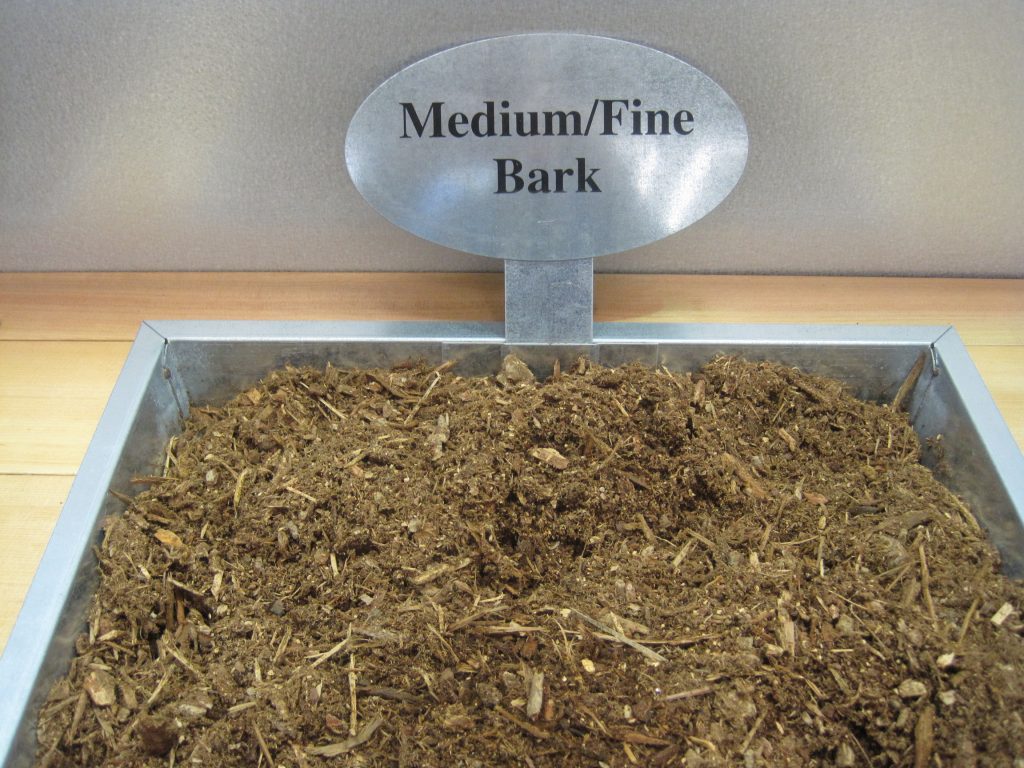
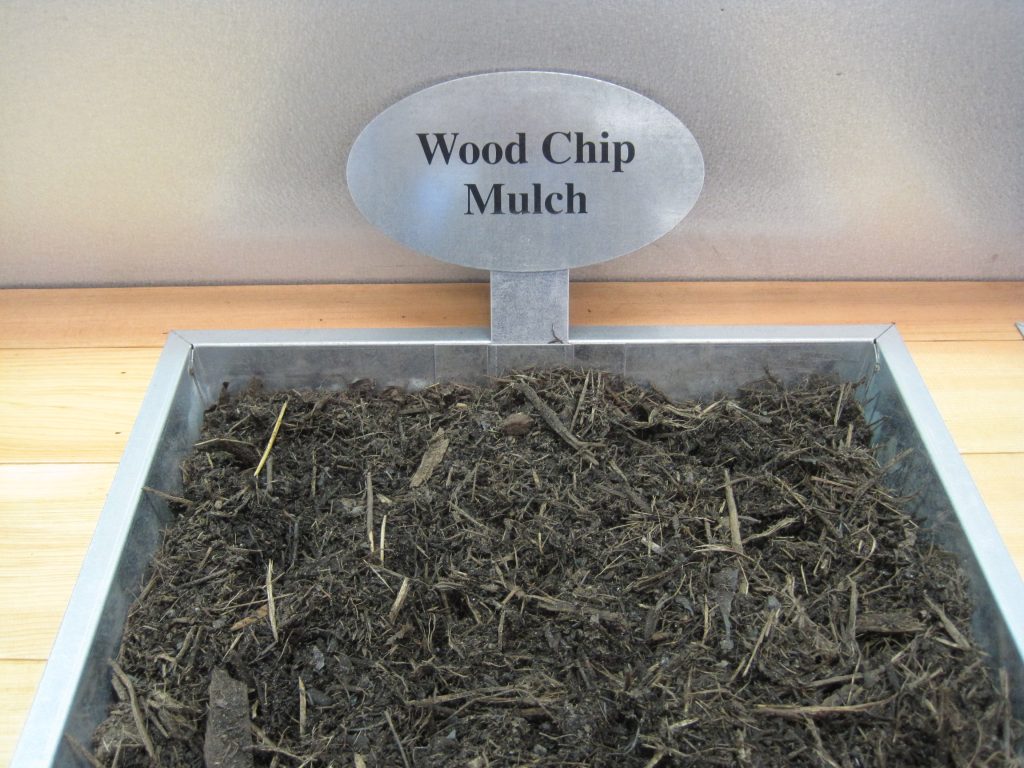
We are just back from Vancouver Island. Timing is such that we did not experience the wildfire smoke working its way north and west. While moisture-rich soils are one proactive tactic to lessen property losses, so are steel roofs. I am amazed at how many shingled roofs we saw in the wooded areas where we vacationed.
Good point. Yes, when you have lots of rot-resistant wood growing nearby you tend to build things with them.
It really makes me angry when I see homes gone up in smoke or going up in smoke on TV.It is not rocket science to fire proof a home and yard. It only takes basic intelligence and good common sense.
I remember many yrs ago,(around 10 or more) when the fires ravaged the Santa Ana mountains, which had 1000s of expensive homes on the mountain ridge and all over. After the fire had gone through and smoke disappeared there was one home untouched. The owner used his head well ahead of time, and installed a good sprinkler system around his property and on the roof of his home. When the fire came near he turned it on.
People who do not think, deserve what they get!
“It really makes me angry when I see homes gone up in smoke or going up in smoke on TV.”
“People who do not think, deserve what they get!”
It is not anger you feel, but contempt.
There are even incredible business opportunities for lawn sprinkler companies, and indoor fire sprinkler systems who know all about water and pressure and sprinkler systems to go door to door or advertise on line to do these kinds of custom installations.
It is not rocket science and simple basic installations could easily done for a couple thousand dollars. By even one competent man in one day. He can make himself a grand a day. If an installation needs a back up generator, extra pump, and back up water supply, that is not all that expensive either. Sure is cheaper than a house. Most home owners should be capable of doing this themselves.
It escapes my mind, or imagination, why there aren’t people out there doing that.
If I was an insurance company, I would not insure a home without this system, in prone areas.
Similar point to goes to proofing homes against tornadoes and hurricanes. I have seen shows on home improvement channel, doing this. Costs more money than a sprinkler systems, but sure is cheaper than replacing a house and other buildings. And lower the cost of insurance.
Not specifically fire related question but this is your most recent post on mulch that I find. I hand chop all cuttings and let the leaves lie too, but my biggest source is bagged pine bark mulch. I recently spread this mulch around river birch and dogwood. Is this a mistake? So this is not the best, but now it may even be harmful because it sheds water? . I’m confused by conflicting information and want to do the best to preserve what I have. Thank you.
Bark mulch has a lot of waxy substances which neither absorb water nor encourage colonization of roots and fungi. Both of these things mean it’s a dry mulch and more likely to burn than wood mulch. So yes, it’s bad for reducing the likelihood of fire and doesn’t do much for soil life.